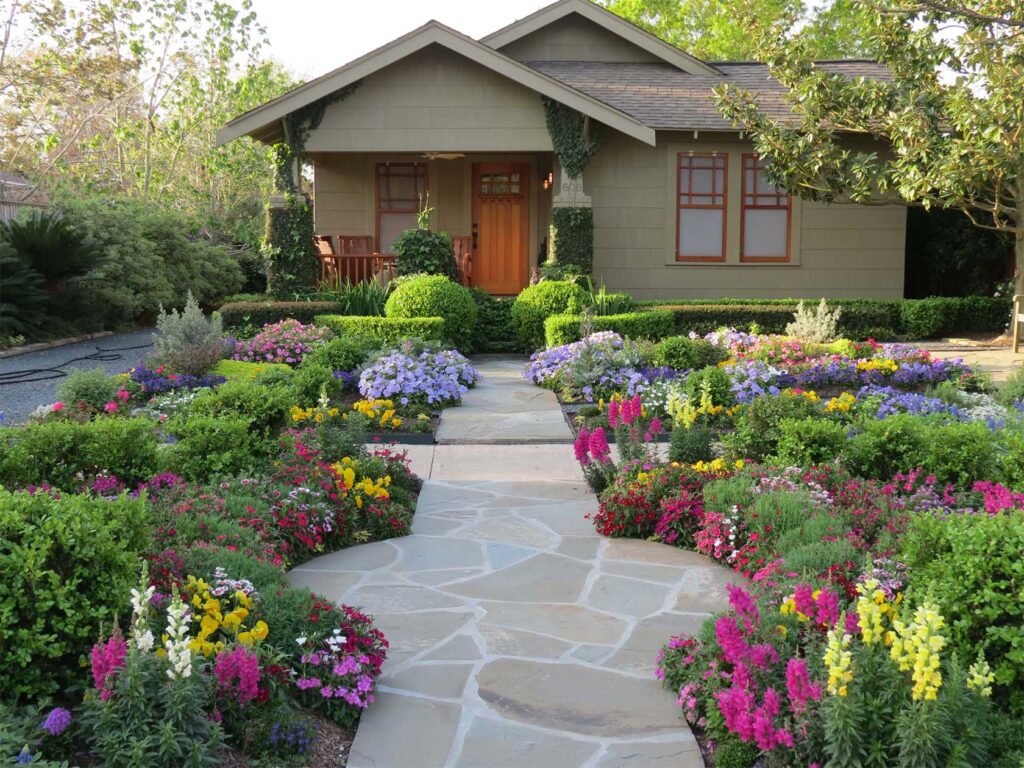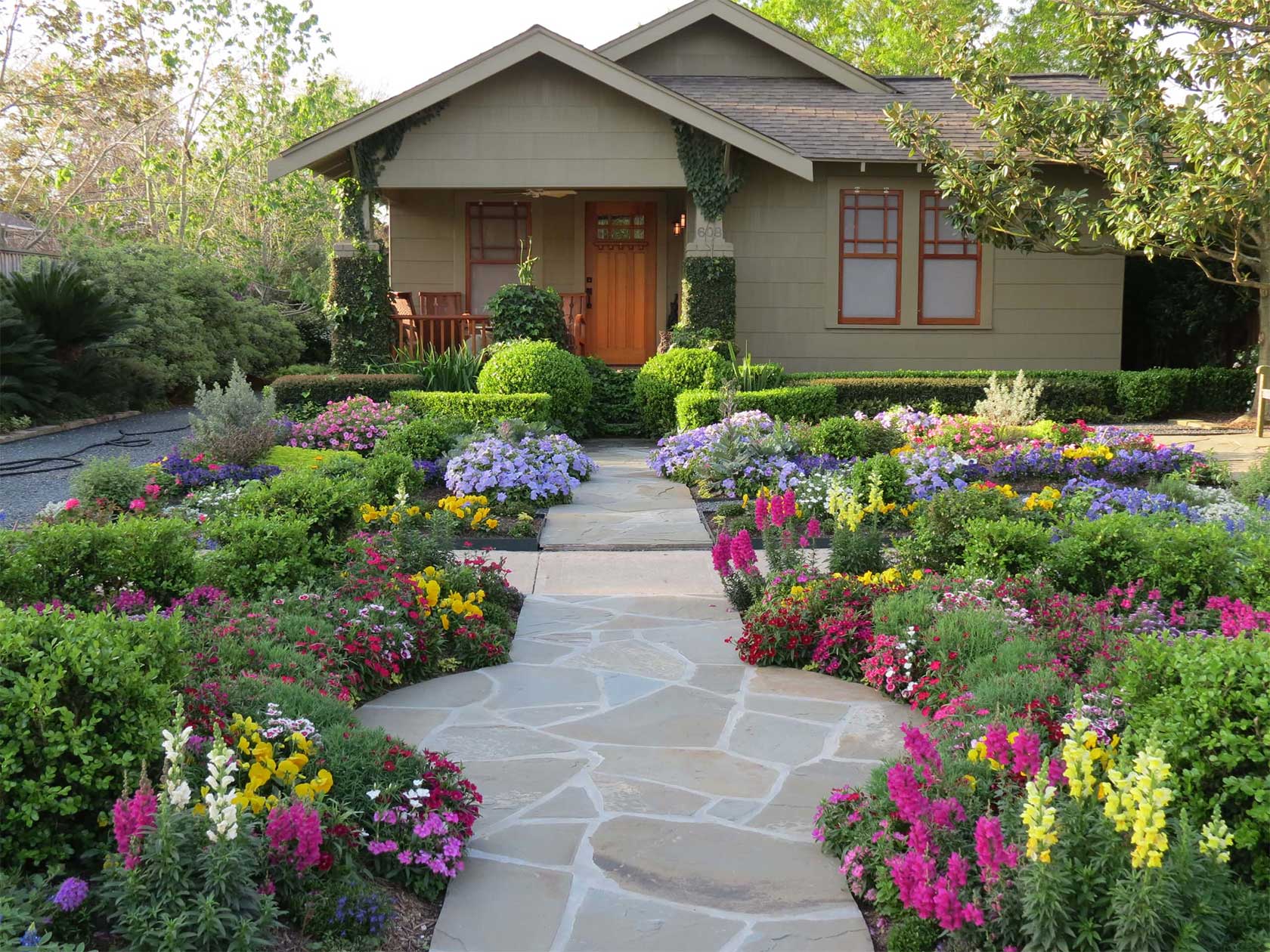
Transforming Your Outdoor Space: A Comprehensive Guide to Garden Landscape Design
The allure of a well-designed outdoor space is undeniable. A thoughtfully planned garden landscape can transform a mundane backyard into a tranquil oasis, a vibrant entertainment area, or a productive vegetable garden. More than just aesthetics, a well-executed garden landscape enhances property value, promotes biodiversity, and contributes to overall well-being. This comprehensive guide explores the key elements of garden landscape design, offering practical advice and inspiring ideas to help you create the outdoor space of your dreams.
Understanding the Fundamentals of Garden Landscape Design
Before diving into specific design elements, it’s crucial to grasp the fundamental principles that underpin successful garden landscape projects. These principles provide a framework for making informed decisions about layout, plant selection, and material choices.
Site Analysis: The Foundation of Good Design
A thorough site analysis is the first and perhaps most critical step. This involves assessing the existing conditions of your property, including:
- Sunlight Exposure: Determine the amount of sunlight each area receives throughout the day. This will dictate which plants will thrive in specific locations.
- Soil Type: Identify the type of soil you have (sandy, clay, loamy) and its pH level. Soil amendments may be necessary to support your desired plants.
- Drainage: Evaluate how well water drains from your property. Poor drainage can lead to root rot and other plant problems.
- Existing Vegetation: Consider the existing trees, shrubs, and other plants. Decide which ones to keep and which ones to remove.
- Topography: Note any slopes, hills, or other elevation changes. These can be incorporated into your design or modified to create desired effects.
- Climate: Understand your local climate, including average temperatures, rainfall, and growing season.
- Wind Patterns: Identify prevailing wind directions, as strong winds can damage plants and create uncomfortable outdoor spaces.
- Utilities: Locate underground utilities to avoid damaging them during construction.
Defining Your Needs and Style
Once you understand your site’s characteristics, it’s time to define your needs and preferences. Ask yourself:
- How will you use the space? (e.g., entertaining, relaxing, gardening, playing)
- What is your aesthetic style? (e.g., modern, traditional, cottage, Zen)
- What is your budget?
- How much time are you willing to spend on maintenance?
- What are your favorite colors, textures, and materials?
Answering these questions will help you create a design that is both functional and visually appealing. Consider creating a mood board with images of garden landscape features and plants that you like.
Design Principles: Creating Harmony and Balance
Several key design principles can help you create a harmonious and balanced garden landscape:
- Unity: Creating a sense of cohesion and consistency throughout the design.
- Balance: Distributing visual weight evenly on both sides of a central axis (symmetrical or asymmetrical).
- Proportion: Ensuring that the size and scale of elements are appropriate for the space.
- Rhythm: Creating a sense of movement and flow through the repetition of elements.
- Emphasis: Drawing attention to focal points or key features.
- Contrast: Using differences in color, texture, and form to create visual interest.
Key Elements of Garden Landscape Design
With the fundamentals in place, let’s explore the key elements that comprise a well-designed garden landscape.
Hardscaping: The Structural Framework
Hardscaping refers to the non-plant elements of your garden landscape, such as:
- Patios and Decks: Providing outdoor living and entertaining spaces.
- Walkways and Paths: Creating access and circulation throughout the garden.
- Walls and Fences: Defining boundaries, providing privacy, and creating visual interest.
- Water Features: Adding tranquility and visual appeal (e.g., ponds, fountains, waterfalls).
- Fire Pits and Fireplaces: Creating cozy gathering spaces for cooler evenings.
- Retaining Walls: Managing slopes and creating level areas.
Choose hardscaping materials that complement your home’s architecture and your overall design style. Consider factors such as durability, cost, and maintenance requirements. [See also: Choosing the Right Patio Materials]
Softscaping: Bringing Life and Color
Softscaping encompasses the plant elements of your garden landscape, including:
- Trees: Providing shade, structure, and vertical interest.
- Shrubs: Defining boundaries, creating hedges, and adding texture.
- Perennials: Returning year after year, providing seasonal color and interest.
- Annuals: Providing vibrant color for a single season.
- Groundcovers: Preventing erosion, suppressing weeds, and adding texture.
- Lawns: Providing a soft, green surface for recreation and relaxation.
When selecting plants, consider their mature size, sunlight requirements, water needs, and bloom times. Choose plants that are well-suited to your local climate and soil conditions. A well-planned garden landscape uses softscaping to create beauty and enhance the environment.
Lighting: Extending the Enjoyment
Outdoor lighting can dramatically enhance the ambiance and functionality of your garden landscape. Consider using a combination of:
- Path Lighting: Illuminating walkways and preventing accidents.
- Accent Lighting: Highlighting architectural features, plants, or water features.
- Security Lighting: Deterring intruders and providing peace of mind.
- Ambient Lighting: Creating a warm and inviting atmosphere.
Choose energy-efficient LED lighting fixtures and consider using timers or sensors to automate your lighting system.
Irrigation: Ensuring Plant Health
Proper irrigation is essential for maintaining a healthy garden landscape. Consider using a combination of:
- Sprinkler Systems: Providing efficient and even watering for lawns and large areas.
- Drip Irrigation: Delivering water directly to plant roots, minimizing water waste.
- Soaker Hoses: Providing gentle watering for flower beds and vegetable gardens.
Water deeply and less frequently to encourage deep root growth. Monitor your plants for signs of overwatering or underwatering.
Garden Landscape Styles: Finding Your Inspiration
Numerous garden landscape styles can inspire your design. Here are a few popular options:
English Garden
Characterized by lush plantings, winding paths, and a romantic, informal feel. Often features roses, perennials, and cottage garden plants.
Japanese Garden
Emphasizes simplicity, tranquility, and harmony with nature. Often features rocks, water features, moss, and carefully pruned trees and shrubs. [See also: Designing a Zen Garden]
Mediterranean Garden
Adapted to hot, dry climates, featuring drought-tolerant plants, gravel pathways, and terracotta pots. Often includes herbs, citrus trees, and succulents.
Modern Garden
Features clean lines, geometric shapes, and minimalist plantings. Often incorporates concrete, steel, and ornamental grasses.
Cottage Garden
A charming and informal style with a profusion of colorful flowers, herbs, and vegetables. Often features picket fences, arbors, and climbing plants.
Maintaining Your Garden Landscape
Once your garden landscape is complete, regular maintenance is essential to keep it looking its best. This includes:
- Watering: Providing adequate water to plants, especially during dry periods.
- Weeding: Removing weeds to prevent them from competing with desired plants.
- Pruning: Shaping plants, removing dead or diseased branches, and encouraging flowering.
- Fertilizing: Providing nutrients to plants to promote healthy growth.
- Mulching: Suppressing weeds, retaining moisture, and improving soil health.
- Pest and Disease Control: Monitoring plants for signs of pests or diseases and taking appropriate action.
- Lawn Care: Mowing, fertilizing, and aerating your lawn.
By following these tips, you can create and maintain a beautiful and functional garden landscape that will enhance your property and provide years of enjoyment. The possibilities are endless when designing your outdoor space and transforming it into a true extension of your home. Remember to consider your personal style, budget, and the needs of your local environment to create a sustainable and enjoyable garden landscape.

